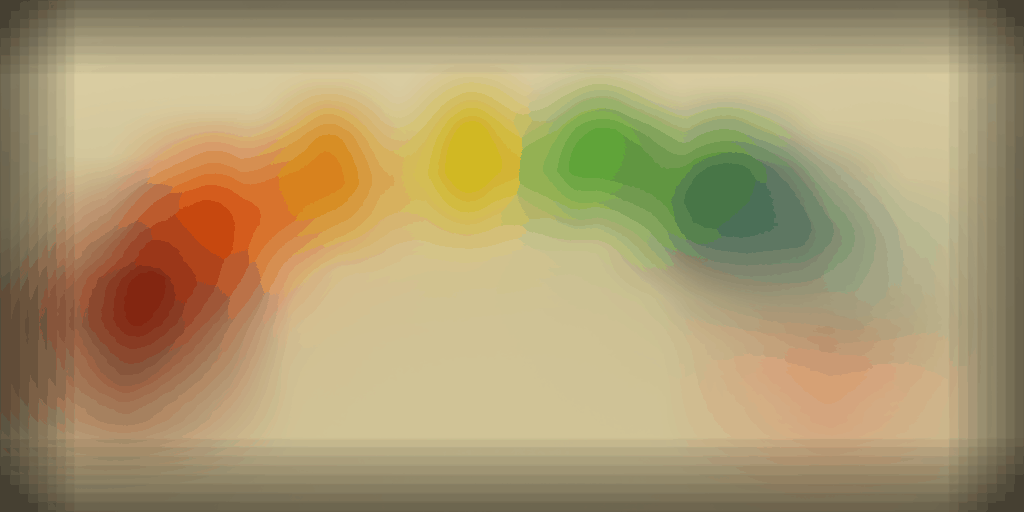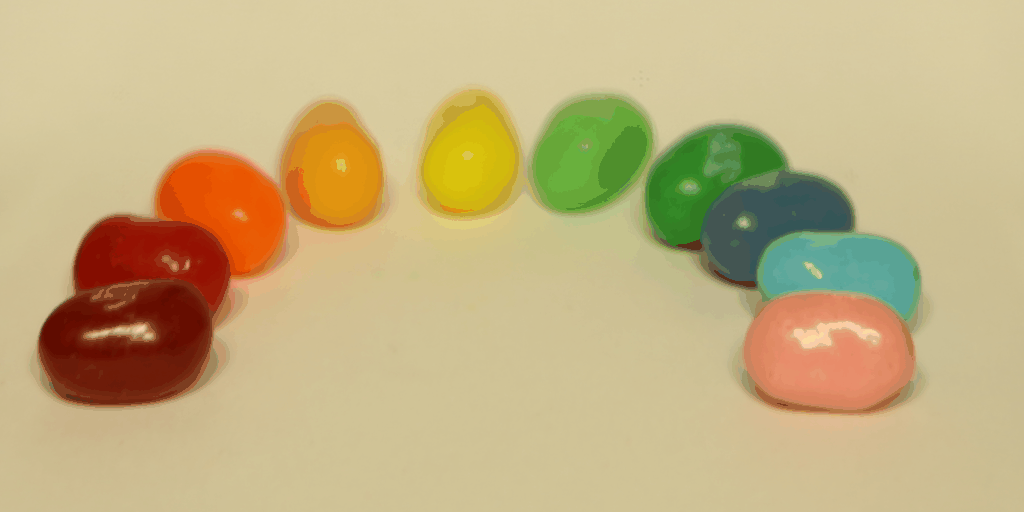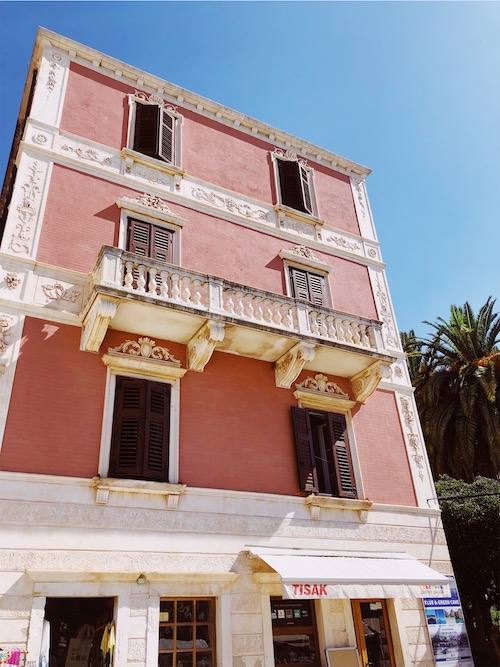
Original Image of my photograph of a building on the island of Hvar, Croatia
|

Vertical Carving of my photograph of Hvar, Croatia. As we can see the top corner of the building flattens a bit, which is one issue with the seam carver algorith
|
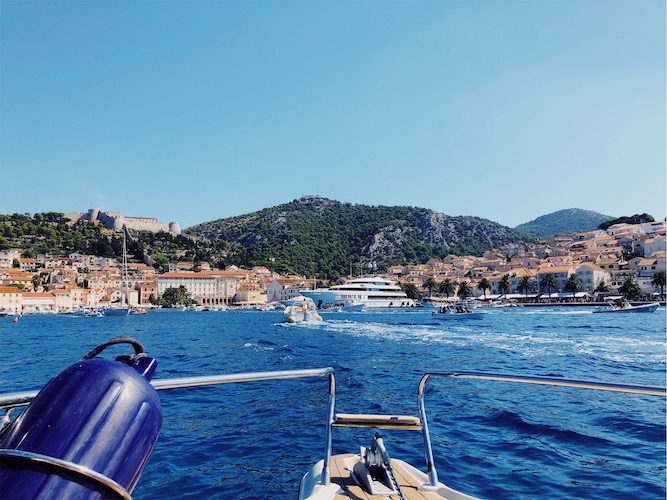
Original Image of my photograph of Hvar, Croatia
|

Vertical Carving of my photograph of Hvar, Croatia. It successfully reduced a lot of the unnecessary blue sky!
|
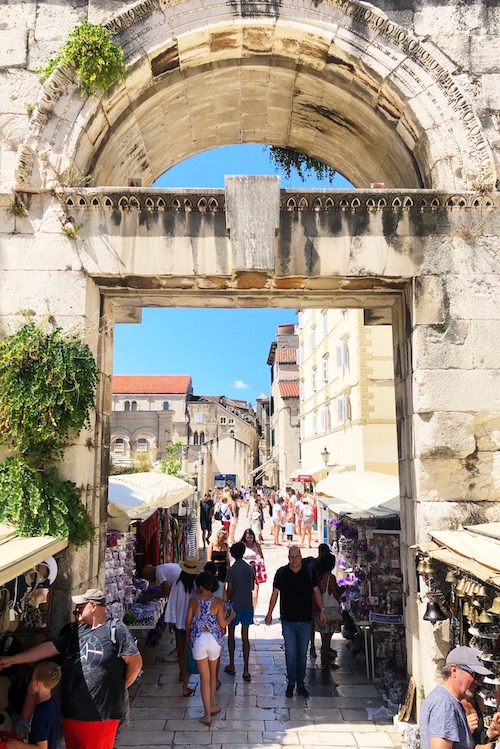
Original Image of my photograph of a market in Split, Croatia
|

Horizontal Carving of my photograph of a market in Split, Croatia. As we can see the result is not the best because the image itself is so busy so the algorithm is forced to carve out many essential artifacts that make the image appear realistic.
|
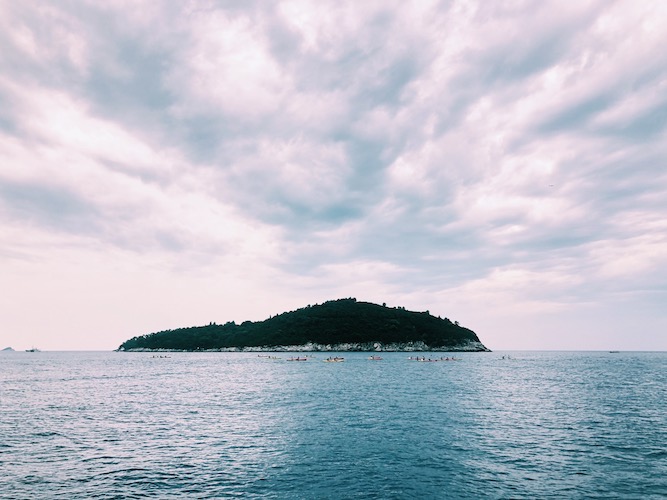
Original Image of my photograph of kayaking in Dubrovnik, Croatia
|
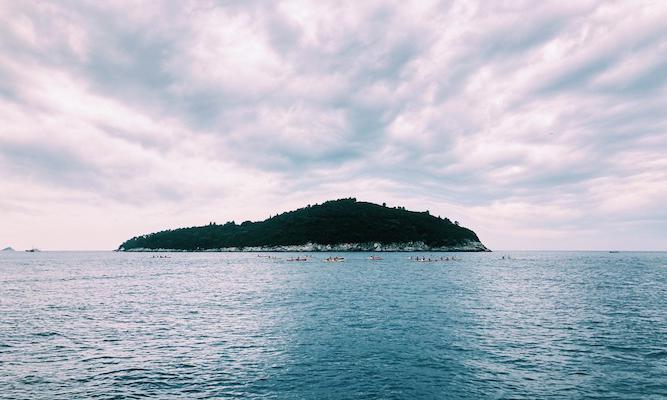
Vertical Carving of my photograph of kayaking in Dubrovnik, Croatia. The result is beautiful and removed a good portion of the sky and water.
|
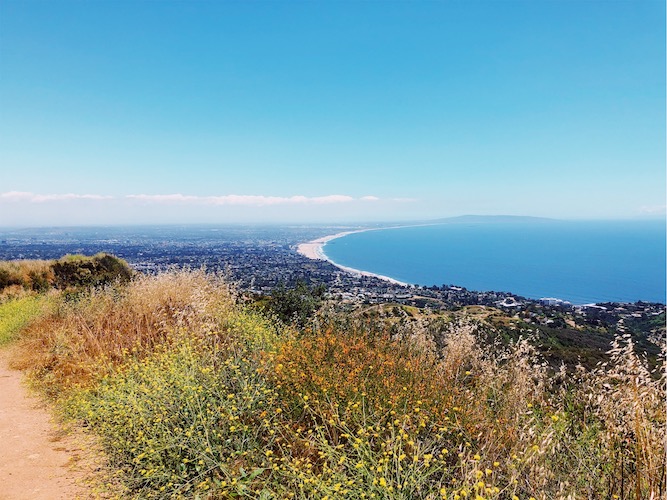
Original Image of my photograph of hiking in Los Angeles
|

Horizontal Carving of my photograph of hiking in Los Angeles. This gave great results: even though the bottom half of the image is very busy and I did a horizontal rather than a vertical carve, the output came out clean and realistic!
|
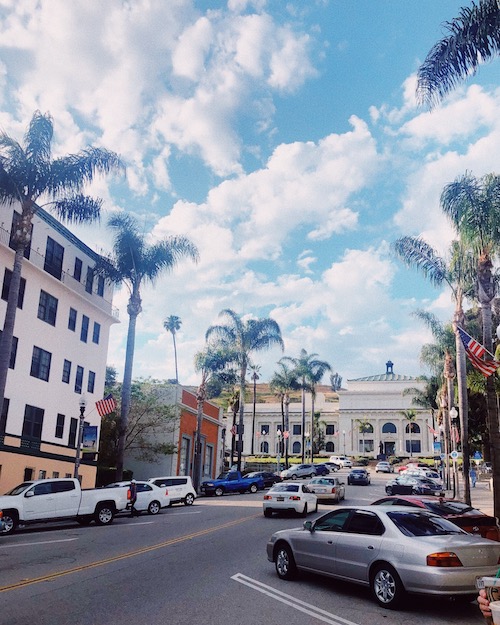
Original Image of my photograph of a town in Southern California
|

Vertical Carving of my photograph of a town in Southern California. The results are great: It removed a lot of the sky and the proportions of the cars did not get weird.
|
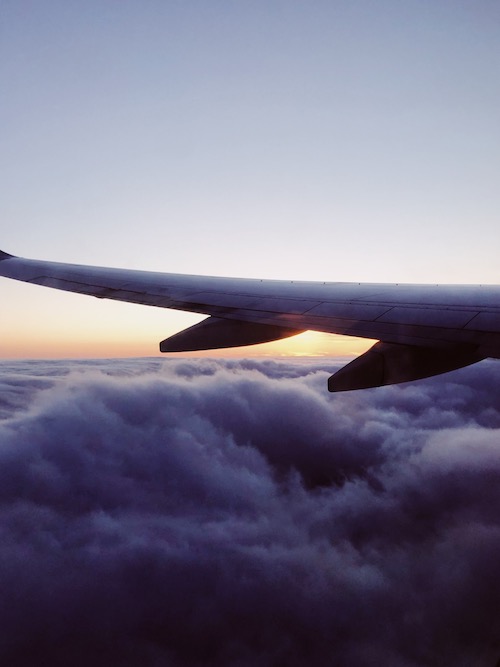
Original Image of my photograph looking out of a plane.
|

Horizontal Carving of my photograph looking out of a plane. The results are great: the plane's wing looks thicker but does not look deformed.
|
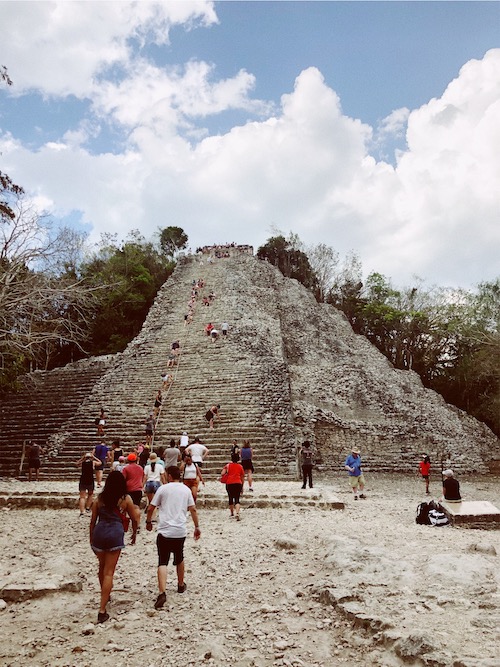
Original Image of my photograph of the Cobá ruins in Mexico
|

Horizontal Carving of my photograph of the Cobá ruins in Mexico. As we can see, the horizontal carving works well until we deal with humans and then they become stick-figure-like.
|
